Story of
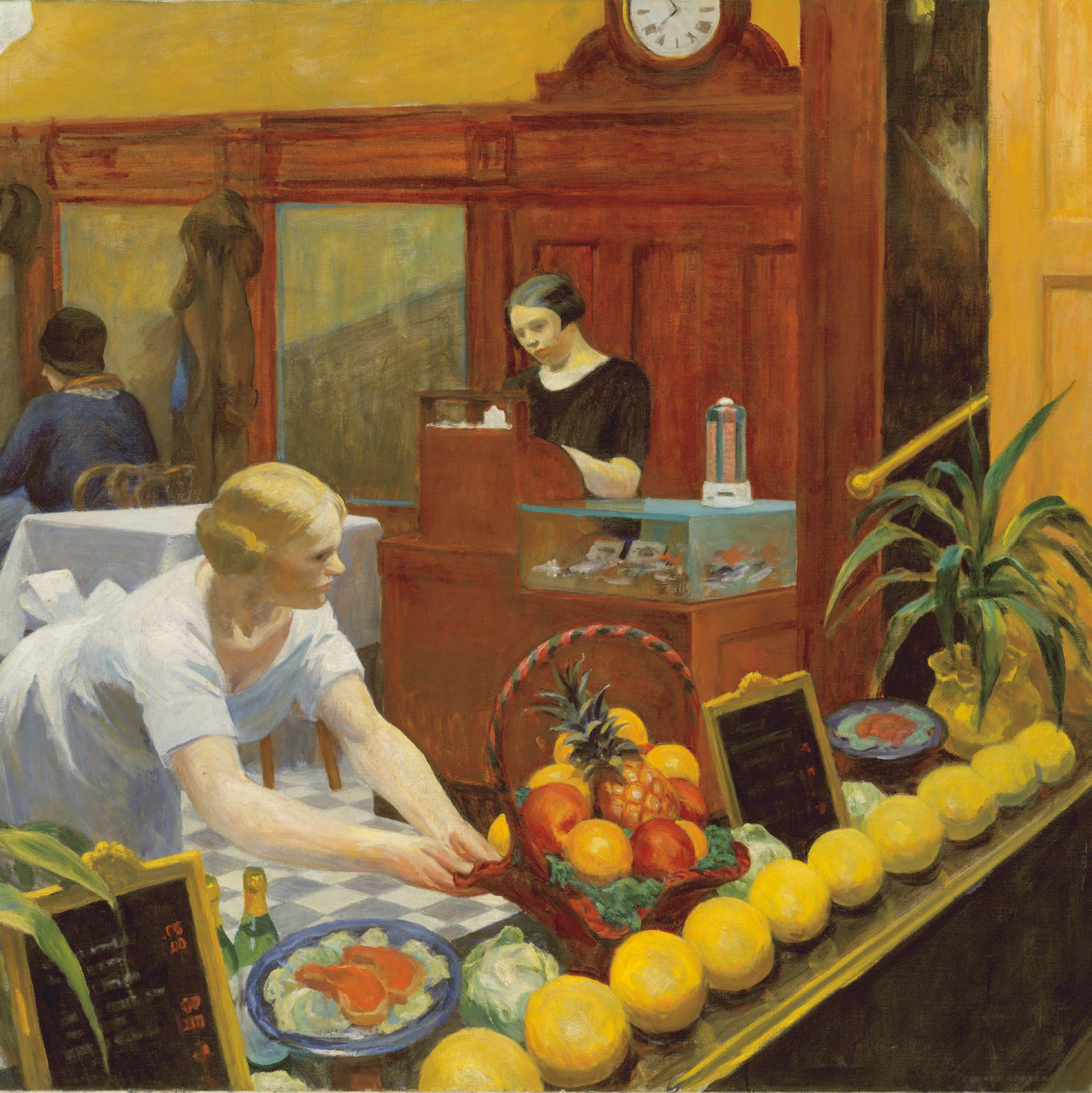


LEARN ▸ Counting, Comparison, and Addition
American realist Edward Hopper painted ordinary people and places in ways that made viewers examine them more deeply. In this painting, we are in a restaurant, where a cashier and server are busily at work. What can you count here? If the server gave two of the yellow fruits to the guests at the table, how many would be left in the row? We will learn all about addition and subtraction within 10s in Units of Ten.

Tables for Ladies, 1930
Edward Hopper, American, 1882–1967
Oil on canvas
The Metropolitan Museum of Art, New York, NY, USA
Edward Hopper (1882–1967), Tables for Ladies, 1930. Oil on canvas, H. 48 1/4, W. 60 1/4 in (122.6 x 153 cm). George A. Hearn Fund, 1931 (31.62). The Metropolitan Museum of Art. © 2020
Heirs of Josephine N. Hopper/Licensed by Artists Rights Society (ARS), NY. Photo credit: Image copyright © The Metropolitan Museum of Art. Image source: Art Resource, NY
Module 1
Counting, Comparison, and Addition
2 Addition and Subtraction Relationships
3 Properties of Operations to Make Easier Problems
4 Comparison and Composition of Length Measurements
5 Place Value Concepts to Compare, Add, and Subtract
6 Attributes of Shapes · Advancing Place Value, Addition, and Subtraction
1. Count out 7 cubes .
Color how many cubes .
Count out 9 cubes .
Color how many cubes .
Circle the number path with more cubes .
Color how many dogs.
Circle the number path with more cats or dogs.
Name
Count out 8 cubes .
Color how many cubes .
Count out 6 cubes .
Color how many cubes .
Circle the number path with more cubes .
than
. > greater than
More people like
1. Write the totals.
Which do more people like? Circle . Write two totals. > greater than
2. 12 people like hot dogs .
9 people like pizza .
Color . Write the totals.
Which do more people like? Circle . Write two totals. > greater than
Which do more people like?
Write the totals.
Circle the true sentences.
There are more red apples than yellow apples .
There are more yellow apples than red apples .
There are more red apples than green apples .
Circle the true sentences.
There are more red apples than yellow apples .
There are more yellow apples than red apples .
There are more green apples than red apples .
Write two totals.
> greater than
Totals 8 10
14
Write the totals.
Circle the true sentences.
There are more yellow apples than red apples .
There are more green apples than yellow apples .
There are more red apples than green apples .







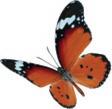
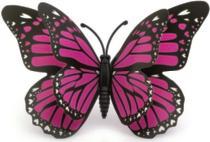

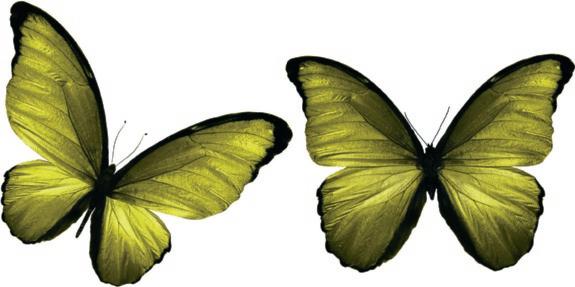


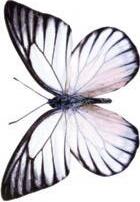





2. Write the totals.
There are animals total.
Write two totals. = equal to
Write two totals. > greater than
Totals
There are total.
total.
There are
greater than
less than
equal to
There are fewer than .
Write two totals.
less than
2. Write the totals.
1. Write the totals.
Which one has more? Circle . Write two totals. > greater than
Name
How many crayons in all?
Show how you know. 5 5
Name
How many crayons in all?
Show how you know.

Name
Count on from a part.
Fill in the number bond.

Name
3. Count on from a part. Write the number sentence.
Name
Count on two ways.
Fill in the number bonds.
Write the number sentences.
Name
1. Circle 5 and count on.
4. Count on from 5. Write the totals.
Name
1. Circle a part. Fill in the number bond. Write the number sentence.
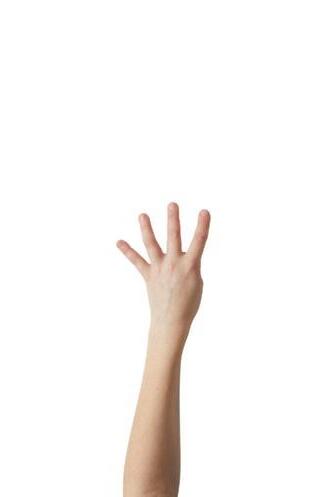

Name
1. Circle a part and count on. Fill in the number bond .
2. Circle a part and count on. Write the number sentence.
3. Count on from 10. Write the number sentence.
1. Listen to the story .
Count on to find the total.
4 bees are in the hive.
2 more bees fly into the hive.
How many bees are in the hive now? bees
4
6 squirrels are in the tree.
3 more squirrels run up the tree.
How many squirrels are in the tree now? squirrels
4 frogs are in the pond.
5 more frogs hop into the pond.
How many frogs are in the pond now? frogs
4
Show how you know.
7 people are on the bus.
3 people get on the bus.
How many people are on the bus now? people 7
10 people are on the bus.
5 people get on the bus.
How many people are on the bus now? people
Name
Listen to the story .
Count on to find the total.
5 frogs are in the pond.
4 more frogs hop into the pond.
How many frogs are in the pond now? 5 frogs
2. Add.
Count on with the number path.
Add. Count on with your fingers or the number path.

1. Circle the larger part.
2. Circle the larger part. Count on.
3. Is this number sentence true ?
Show how you know.
1. Circle the larger part. Count on with your fingers or the number path.
1. Add.
Write two more number sentences like these.
2. How do you add 1 to any number?
Show how you know.
3. Add.
Write two more number sentences like these.
4. How do you add 0 to any number?
Show how you know.
1. Add. 4 + 0
2. Circle the larger part. Count on. Fill in the number bond .
3. Circle a part.
Name
Draw all the ways 5 dogs can be in or out.
Write the expression.
1. Circle the number sentence if it is true . Draw an X on the number sentence if it is false.
2. Circle the number sentence if it is true . Draw an X on the number sentence if it is false.
3. Write a true number sentence.
Show how you know it is true.
Circle the number sentence if it is true .
Draw an X on the number sentence if it is false.
Write true number sentences.
1. Circle the number sentence if it is true. Draw an X on the number sentence if it is false.
2. Circle the number sentence if it is true .
Draw an X on the number sentence if it is false .
6 + 6 = 10 + 2
3. Write a true number sentence.
Show how you know it is true .
4. Write a false number sentence and draw an X.
Show how you know it is false .
Name
Color three ways to make 6.
Fill in each number bond.
Write each number sentence. 6
6
6
3. Add. Show how you know the total.
Name
3
1. Add.
2. Write a true number sentence.
3. Write a false number sentence with an X. =
Name
Total
How many do you think there are?
Great Minds® has made every effort to obtain permission for the reprinting of all copyrighted material. If any owner of copyrighted material is not acknowledged herein, please contact Great Minds for proper acknowledgment in all future editions and reprints of this module. Cover, Edward Hopper (1882–1967), Tables for Ladies, 1930. Oil on canvas, H. 48-1/4, W. 601/4 inches (122.6 x 153 cm.). George A. Hearn Fund, 1931 (31.62). The Metropolitan Museum of Art. © 2020 Heirs of Josephine N. Hopper / Licensed by Artists Rights Society (ARS), NY. Photo Credit: Image copyright © The Metropolitan Museum of Art. Image source: Art Resource, NY; page 23, (composite image) Super Prin/Shutterstock.com, Vladimirkarp/Shutterstock.com, Metelitsa Viktoriya/ Shutterstock.com, Potapov Alexander/Shutterstock.com, Butterfly Hunter/Shutterstock.com, elena09/ Shutterstock.com; pages 25, 27, aodaodaodaod/Shutterstock.com; pages 53, 65, 105, Kolonko/ Shutterstock.com; All other images are the property of Great Minds.
For a complete list of credits, visit http://eurmath.link/media-credits.
Kelly Alsup, Lauren Brown, Melissa Brown, Dawn Burns, Jasmine Calin, Stella Chen, Mary Christensen-Cooper, Cheri DeBusk, Stephanie DeGiulio, Jill Diniz, Brittany duPont, Melissa Elias, Lacy Endo-Peery, Scott Farrar, Ryan Galloway, Krysta Gibbs, Melanie Gutierrez, Karen Hall, Eddie Hampton, Tiffany Hill, Robert Hollister, Christine Hopkinson, Rachel Hylton, Travis Jones, Kelly Kagamas Tomkies, Emily Koesters, Liz Krisher, Alicia Machuca, Ben McCarty, Maureen McNamara Jones, Cristina Metcalf, Ashley Meyer, Melissa Mink, Richard Monke, Bruce Myers, Marya Myers, Andrea Neophytou Hart, Kelley Padilla, Kim L. Pettig, Marlene Pineda, DesLey V. Plaisance, Elizabeth Re, John Reynolds, Meri Robie-Craven, Robyn Sorenson, Marianne Strayton, James Tanton, Julia Tessler, Philippa Walker, Lisa Watts Lawton, MaryJo Wieland
Trevor Barnes, Brianna Bemel, Adam Cardais, Christina Cooper, Natasha Curtis, Jessica Dahl, Brandon Dawley, Delsena Draper, Sandy Engelman, Tamara Estrada, Soudea Forbes, Jen Forbus, Reba Frederics, Liz Gabbard, Diana Ghazzawi, Lisa Giddens-White, Laurie Gonsoulin, Nathan Hall, Cassie Hart, Marcela Hernandez, Rachel Hirsh, Abbi Hoerst, Libby Howard, Amy Kanjuka, Ashley Kelley, Lisa King, Sarah Kopec, Drew Krepp, Crystal Love, Maya Márquez, Siena Mazero, Cindy Medici, Ivonne Mercado, Sandra Mercado, Brian Methe, Patricia Mickelberry, Mary-Lise Nazaire, Corinne Newbegin, Max Oosterbaan, Tamara Otto, Christine Palmtag, Andy Peterson, Lizette Porras, Karen Rollhauser, Neela Roy, Gina Schenck, Amy Schoon, Aaron Shields, Leigh Sterten, Mary Sudul, Lisa Sweeney, Samuel Weyand, Dave White, Charmaine Whitman, Nicole Williams, Glenda Wisenburn-Burke, Howard Yaffe
My drawing shows . . . .
I did it this way because . . . .
I think because . . . .
I Can Agree or Disagree
I agree because . . . .
I disagree because . . . .
I did it a different way. I . . . .
I Can Ask Questions
How did you . . . ?
Why did you . . . ?
Can you explain . . . ?
I Can Say It Again
I heard you say . . . . said . . . .
Can you say it another way?
When I work on a task, I ask myself
Before
Have I done this before?
What strategy will I use?
Do I need any tools?
During
Is my strategy working?
Should I try something else?
After
What worked well?
What did not work?
At the end of each class, I ask myself
What did I learn?
Do I have any questions?
Do you want to compare how fast you and your friends can run?
Or estimate how many bees are in a hive?
Or calculate your batting average?
Math lies behind so many of life’s wonders, puzzles, and plans. From ancient times to today, we have used math to construct pyramids, sail the seas, build skyscrapers—and even send spacecraft to Mars.
Fueled by your curiosity to understand the world, math will propel you down any path you choose.
Ready to get started?
ISBN 979-8-89012-114-1
Module 1
Counting, Comparison, and Addition
Module 2
Addition and Subtraction Relationships
Module 3
Properties of Operations to Make Easier Problems
Module 4
Comparison and Composition of Length Measurements
Module 5
Place Value Concepts to Compare, Add, and Subtract
Module 6
Attributes of Shapes • Advancing Place Value, Addition, and Subtraction
What does this painting have to do with math?
American realist Edward Hopper painted ordinary people and places in ways that made viewers examine them more deeply. In this painting, we are in a restaurant, where a cashier and server are busily at work. What can you count here? If the server gave two of the yellow fruits to the guests at the table, how many would be left in the row? We will learn all about addition and subtraction within 10s in Units of Ten.

On the cover
Tables for Ladies, 1930
Edward Hopper, American, 1882–1967
Oil on canvas
The Metropolitan Museum of Art, New York, NY, USA
Edward Hopper (1882–1967), Tables for Ladies, 1930. Oil on canvas, H. 48¼, W. 60¼ in (122.6 × 153 cm). George A. Hearn Fund, 1931 (31.62). The Metropolitan Museum of Art. © 2020 Heirs of Josephine N. Hopper/Licensed by Artists Rights Society (ARS), NY. Photo credit: Image copyright © The Metropolitan Museum of Art. Image source: Art Resource, NY